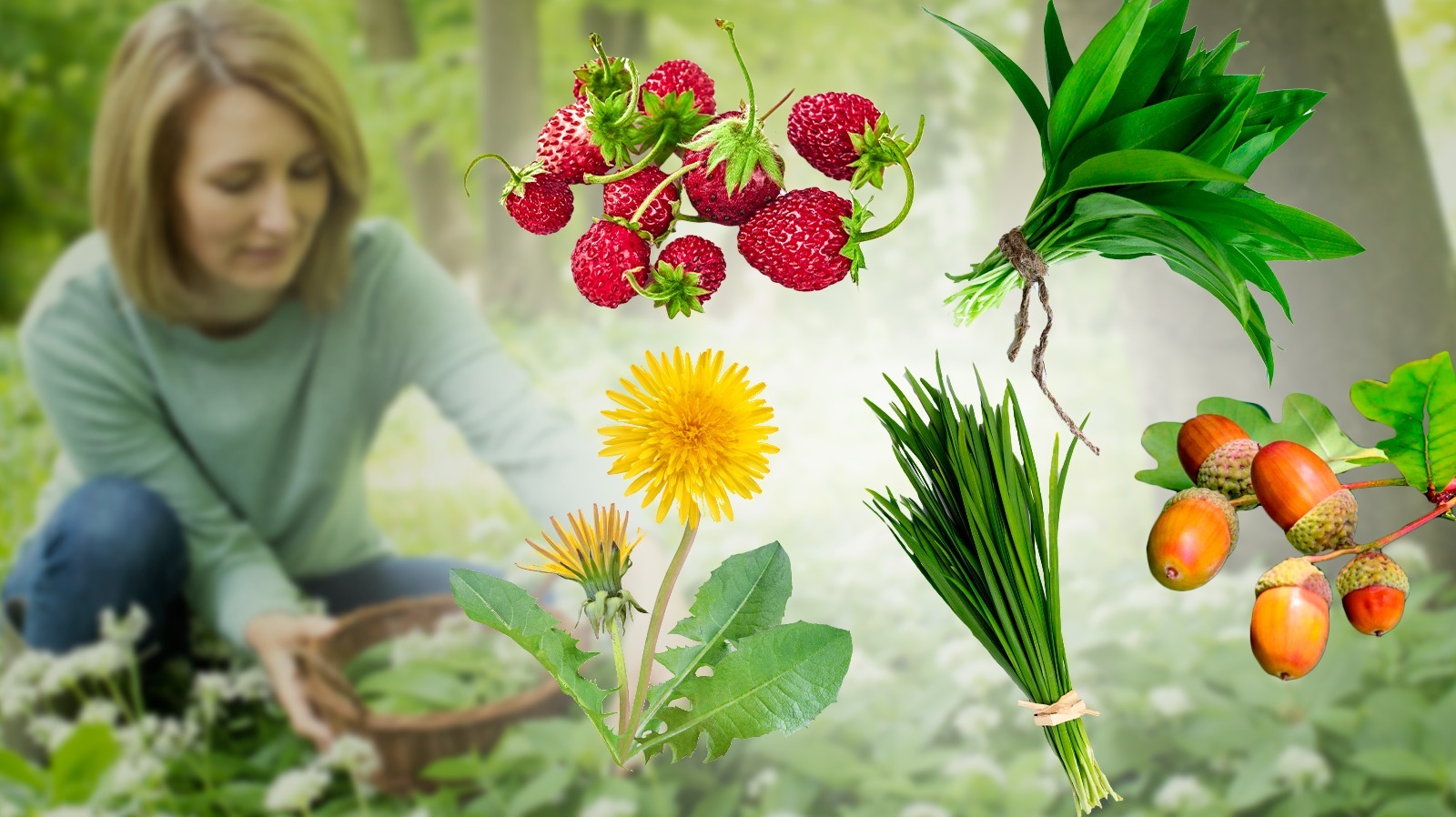Edible Plants in Alabama: A Culinary and Nutritional Exploration takes readers on a captivating journey through the diverse and delectable edible flora of the Yellowhammer State. With a wealth of knowledge and a passion for nature’s bounty, this guide unveils the nutritional wonders and culinary delights that lie within Alabama’s verdant landscapes.
From succulent fruits and vibrant vegetables to aromatic herbs and edible flowers, Alabama’s edible plant kingdom offers a treasure trove of flavors and health benefits. This comprehensive guide empowers readers to safely identify, forage, and incorporate these natural delicacies into their diets, unlocking a world of culinary adventures and nutritional well-being.
Overview of Edible Plants in Alabama

Alabama’s diverse climate and geography support a wide variety of edible plants, offering an abundance of nutritious and flavorful options for foragers and nature enthusiasts. From succulent fruits to leafy greens and aromatic herbs, Alabama’s edible flora provides a rich culinary experience.
Fruits
Alabama’s native fruits are a vibrant and delicious part of its edible plant repertoire. These fruits offer a range of flavors, from sweet and juicy to tart and tangy.
- Blackberries (Rubus argutus): These juicy berries are a summertime favorite, known for their sweet-tart flavor and high antioxidant content.
- Muscadine Grapes (Vitis rotundifolia): These native grapes have a thick, leathery skin and a sweet, musky flavor. They are rich in antioxidants and contain resveratrol, a compound linked to heart health.
- Pawpaws (Asimina triloba): These large, custard-like fruits have a unique, tropical flavor. They are a good source of vitamin C and potassium.
- Persimmons (Diospyros virginiana): These orange-colored fruits are known for their sweet, jelly-like flesh. They are a good source of vitamin A and fiber.
Identification and Foraging Tips

Identifying and foraging for edible plants in the wild requires a keen eye and a thorough understanding of plant characteristics. To ensure a safe and successful foraging experience, follow these tips:
Before embarking on a foraging expedition, familiarize yourself with local plant species, both edible and poisonous. Utilize field guides, consult with experienced foragers, or take a guided tour to enhance your knowledge and avoid potential risks.
Poisonous Species
- When foraging, always practice the “triple check” method: consult multiple sources to confirm plant identification.
- Avoid plants with milky sap, as many of these contain toxic compounds.
- Be wary of plants with three-lobed leaves, as some of these species may be poisonous.
li>Do not consume plants with a bitter or burning taste, as these may indicate toxicity.
Best Time to Forage
The best time to forage for edible plants varies depending on the species. However, as a general rule, spring and early summer offer the most abundant and tender greens.
Sustainable Harvesting, Edible plants in alabama
When foraging, it is crucial to practice sustainable harvesting techniques to preserve plant populations and maintain ecosystem balance. Only harvest what you need, and avoid over-harvesting from any one location.
To ensure sustainable foraging, follow these guidelines:
- Harvest only mature plants, leaving smaller specimens to grow and reproduce.
- Take only a portion of the plant, leaving the rest to sustain itself and provide food for wildlife.
- Avoid harvesting from areas that have been treated with pesticides or herbicides.

Alabama is home to a wide variety of edible plants, including the white flower vine plant . This plant is a perennial vine that produces edible flowers, leaves, and fruit. The flowers are white and bell-shaped, and the leaves are dark green and deeply lobed.
The fruit is a small, round berry that is red when ripe. The white flower vine plant is a good source of vitamins A and C, and it can be eaten raw, cooked, or dried.
Alabama is home to a wide variety of edible plants, including many that are found in the wild. One such plant is the yucca plant, which is known for its red flowers. The yucca plant is a member of the lily family and is native to the southwestern United States and Mexico.
The plant has long, sword-shaped leaves and a thick, fleshy stem. The flowers of the yucca plant are bell-shaped and range in color from white to purple. The fruit of the yucca plant is a capsule that contains numerous seeds.
The seeds of the yucca plant are edible and can be ground into a flour or used to make a porridge. The roots of the yucca plant are also edible and can be boiled or roasted.
Alabama boasts an abundance of edible plants, including wild berries, greens, and nuts. These nutritious plants have sustained the region’s inhabitants for centuries. Among the notable edible plants in Alabama is the pepsi plant, which is also found in Richmond, Virginia.
The pepsi plant in Richmond is a testament to the diverse edible flora that can be found in both Alabama and Virginia. Returning to Alabama’s edible plants, the state’s rich biodiversity provides a valuable resource for both sustenance and cultural heritage.